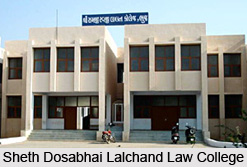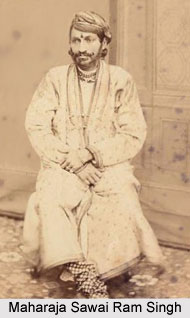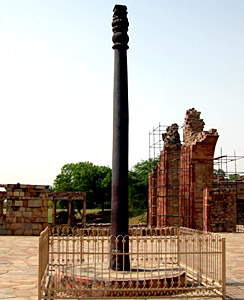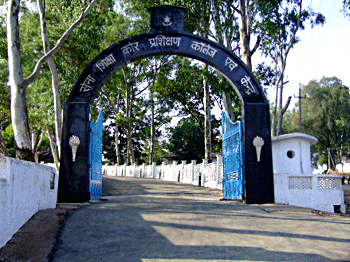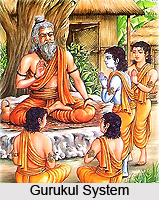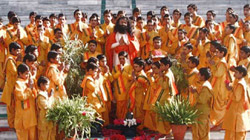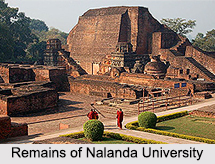Syllabus for Joint Admission Test to M. Sc (JAM) basically follows the standard of 10+2 level and the graduation level (for certain test papers). The syllabus for this entrance test of various relevant subjects is given below -
Mathematical Statistics Syllabus - Sequences and Series, Differential Calculus, Integral Calculus, Matrices, Differential Equations, Probability, Random Variables, Standard Distributions, Joint Distributions, Sampling distributions, Limit Theorems, Estimation, Testing of Hypotheses
Mathematics Syllabus - Sequences, Series and Differential Calculus, Integral Calculus, Differential Equations, Vector Calculus, Algebra, Linear Algebra, Real Analysis
Geophysics Syllabus -
Geology - Planet Earth, Geomorphology, Structural Geology, Mineralogy, Stratigraphy, Petrology, Economic Geology
Mathematics - Sequences, Series and Differential Calculus, Integral Calculus, Differential Equations, Vector Calculus, Linear Algebra, Real Analysis, Probability, Statistics, Complex Analysis, Numerical Analysis
Physics - Mechanics and General Properties of Matter, Oscillations, Waves and Optics, Electricity and Magnetism, Kinetic theory, Thermodynamics, Modern Physics, Solid State Physics, Devices and Electronics
Physics Syllabus - Mathematical Methods, Mechanics and General Properties of Matter, Oscillations, Waves and Optics, Electricity and Magnetism, Kinetic theory, Thermodynamics, Modern Physics, Solid State Physics, Devices and Electronics
Geology Syllabus - Planet Earth, Geomorphology, Structural Geology, Palaeontology, Stratigraphy, Mineralogy, Petrology, Economic Geology, Applied Geology
Chemistry Syllabus -
Physical chemistry - Basic Mathematical Concepts, Atomic Structure, Theory of Gases, Chemical Thermodynamics, Chemical and Phase Equilibria, Electrochemistry, Chemical
Organic chemistry - Basic Concepts in Organic Chemistry and Stereochemistry, Mono and aromatic hydrocarbons, Organic Reaction Mechanism and Synthetic Applications, Natural Products Chemistry, Heterocyclic Chemistry, Qualitative Organic Analysis
Inorganic chemistry - Periodic Table, Chemical Bonding and Shapes of Compounds, Main Group Elements (s and p blocks, Transition Metals (d block), Analytical Chemistry
Geophysics Syllabus - It comprises of four main papers and these are Biology, Mathematics, Physics and Chemistry. The syllabus of Biology and Chemistry is that of the bachelor`s degree level whereas the syllabus of mathematics and physics is same as that is followed in the 10+2 level under any recognized Board across the country.
Computer Applications Syllabus - (Mathematics) Algebra, Matrices, Differential Calculus, Integral Calculus, Differential Equations, Vector Analysis, Numerical Analysis, Probability, Linear Programming and Computer awareness) Elements of computers, Number systems, Basic electronic gates, Algorithmic approach to solve problems. It also carries questions to test the general knowledge and analytical ability of the candidates.
Thus, candidates who are willing to clear this entrance test for admissions into the Master of Science programmes offered by the IITs need to thoroughly prepare according to the syllabus for Joint Admission Test to M. Sc (JAM).

